Description
R100 ZAR Bills. The rand takes its name from the Witswaterand , the ridge upon which Johannesburg is built and where most of South Africa’s gold deposits were found.
The South African rand is also legal tender in the Common Monetary Areas states of Eswatini , Lesotho and Namibia. Although these three countries each have their own national currency. All three have been pegged with the rand at par since their introductions. And the rand is still widely accepted as a substitute for them.
The rand was introduced in the Union of South Africa on 14 February 1961, three months before the country declared itself a republic. A Decimal Coinage Commission had been set up in 1956 to consider a move away from the denominations of pounds, shillings, and pence; it submitted its recommendations on 8 August 1958.
It replaced the South African pound as legal tender, at the rate of 2 rand to 1 pound, or 10 shillings to the rand. The government introduced a mascot, Decimal Dan, “the rand-cent man” (known in Afrikaans as Daan Desimaal). This was accompanied by a radio jingle, to inform the public about the new currency. Although pronounced in the Afrikaans style, when introduced, the contemporary pronunciation is in South African English.
THE DESIGN OF THE R100 ZAR Bills :
The one hundred rand bills have a rhino on their backs and a the face of Nelson Mandela on the front.
It has a blue colour. When the banknotes are tilted, the security thread will change to a different colour.
The one hundred rand bills are printed by The South African Bank Note Company (SABN), which is a South African security printing company responsible for the printing of the South African Rand. It is a wholly owned subsidiary of the South African Reserve Bank.
Buy R100 ZAR Bills from us today for the best in quality and an effective and reliable delivery.
You might equally buy 200 AED Bills
Additional information
| Select Quantity | 1000 Notes, 3000 Notes, 6000 Notes, 10000 Notes, 25000 Notes, 100000 Notes |
|---|

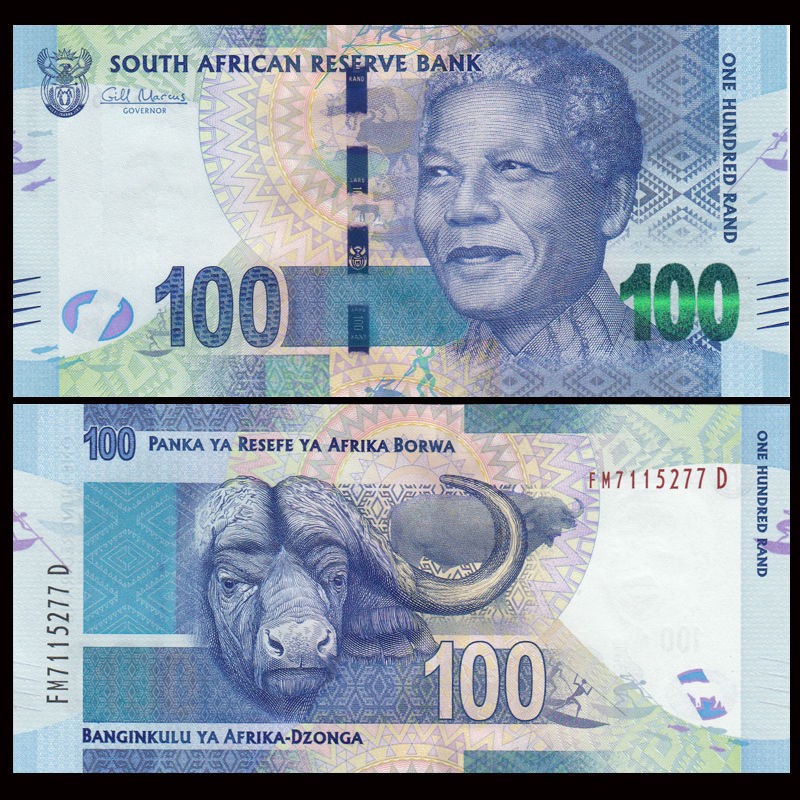
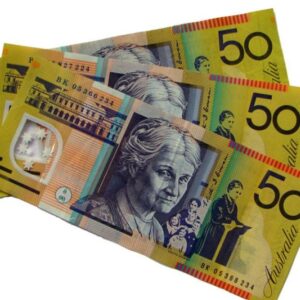
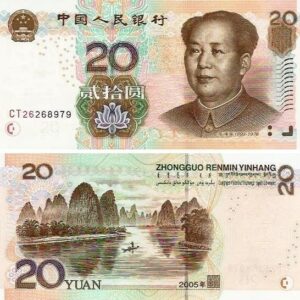
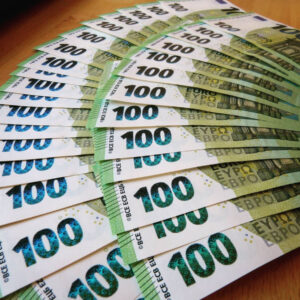
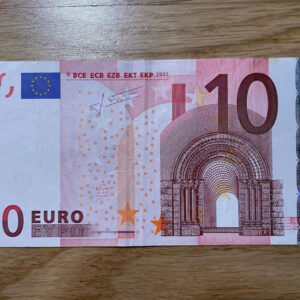
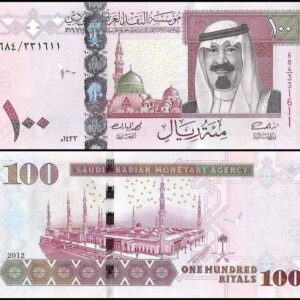
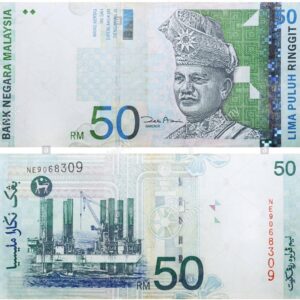
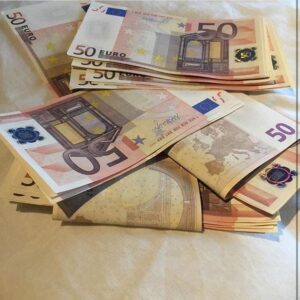
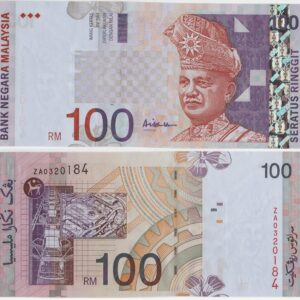
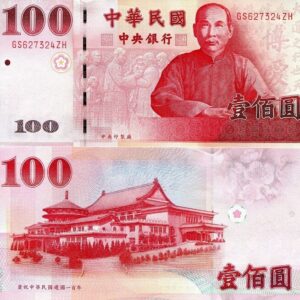
There are no reviews yet.